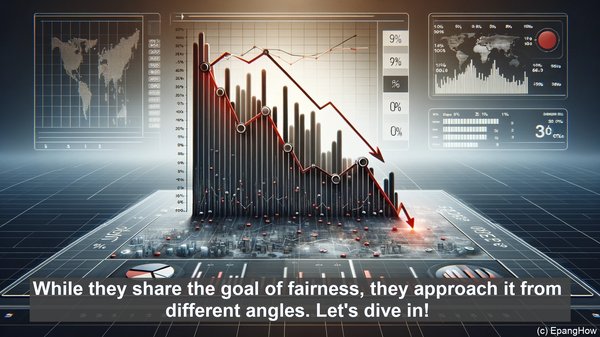Introduction: The Quest for Fairness in Taxation
Hello everyone, and welcome to our article on horizontal equity and vertical equity in taxation. Taxation is a crucial aspect of any society, as it funds public goods and services. However, it’s essential that the tax burden is distributed fairly. That’s where horizontal and vertical equity come in. While they share the goal of fairness, they approach it from different angles. Let’s dive in!
Horizontal Equity: Equal Treatment for Equals
Horizontal equity, in simple terms, means that individuals in similar situations should be treated equally in terms of taxation. This principle is based on the idea that people who have the same ability to pay taxes should contribute the same amount. For example, if two individuals earn the same income, they should pay the same tax. Horizontal equity aims to ensure that there are no arbitrary distinctions or preferential treatment based on factors other than the ability to pay.
Vertical Equity: Adjusting for Differences
Vertical equity, on the other hand, recognizes that not everyone has the same ability to pay taxes. It takes into account the concept of progressive taxation, where those with higher incomes contribute a larger proportion of their earnings as taxes. The idea behind vertical equity is that those who are more financially well-off should shoulder a greater tax burden, while those with lower incomes should be taxed at a relatively lower rate. This approach aims to achieve a more equitable distribution of the tax burden.

Balancing Act: The Challenges of Equity
While horizontal and vertical equity provide guiding principles, achieving them in practice can be complex. One challenge is defining ‘similar situations’ for horizontal equity. Factors such as deductions, exemptions, and credits can complicate the determination of equal treatment. Vertical equity, too, has its challenges. Setting the right tax rates and income thresholds requires careful consideration to avoid unintended consequences. Striking the right balance between horizontal and vertical equity is a continuous endeavor for policymakers.

